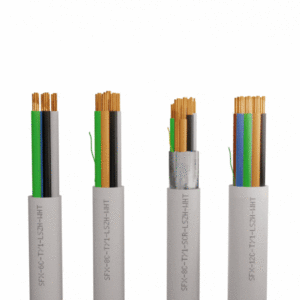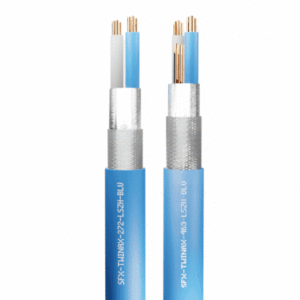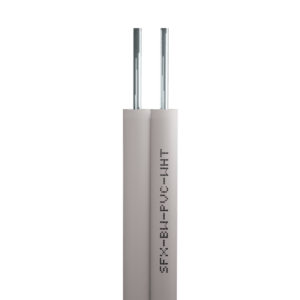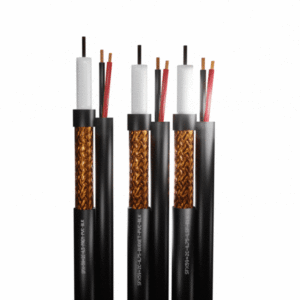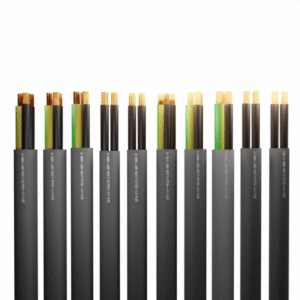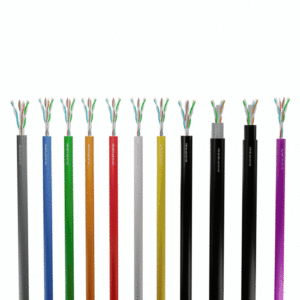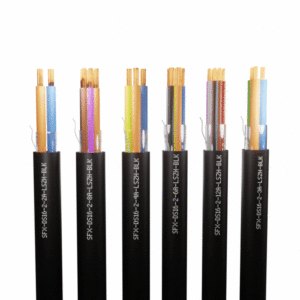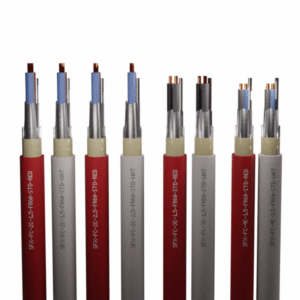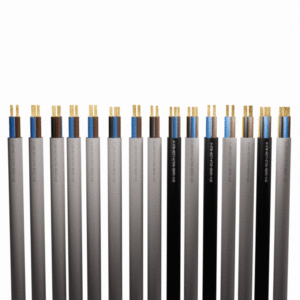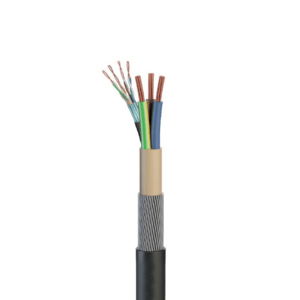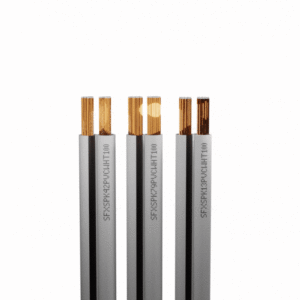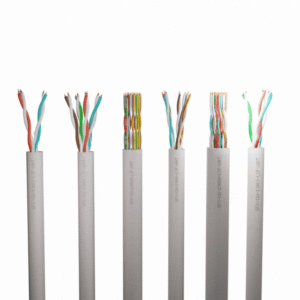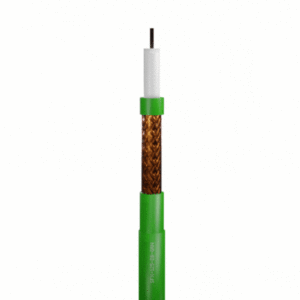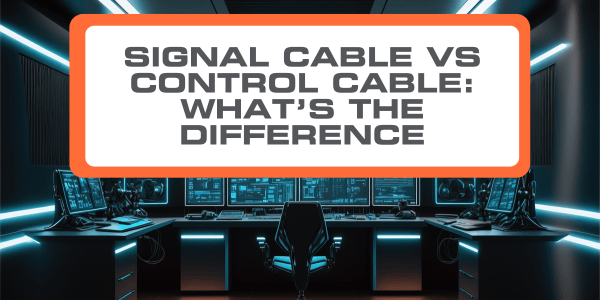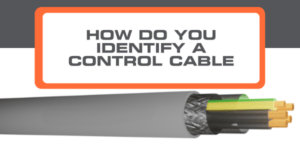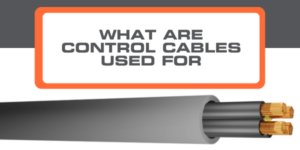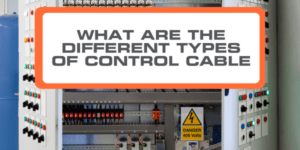Signal cables and control cables are two of the most common types of cable, and while easily confused, they actually serve two very different functions.
In this guide, we’ll go over the differences between signal cables and control cables, in terms of their construction, and the applications for which they can be used.
Signal Cable
Signal cables, also known as power cables, carry electrical information through the cable to power a device or machine. Their main function is to transmit and distribute electrical energy, and as such are normally found in electrical energy transmission and distribution sites, such as industries that utilise large machinery.
Signal cables are usually buried underground during installation, within ducting. However, they can also be installed within structures of the building itself, run overhead, or exposed too – they are versatile in terms of where they can be installed. Because of this, feature a much sturdier protective outer sheath than control cables. They are generally resistant to a range of external factors, including extreme temperatures and corrosion.
They also have a higher voltage than control cables, often working at voltages of 0.6/1kV or higher.
Control Cable
Control cables are integral to process automation in industrial applications, namely for machine tools and assembly lines. They are used to regulate and measure transmissions within automated progress, in industries such as building, construction, and railway transportation. In recent years, control cables have also been introduced to the domestic market as home automation has gained traction.
Generally, they feature multiple conductors and either braided or foil sheathing – sometimes both! Because of this, they tend to have a more superior resistance to electromagnetic interference, in comparison to signal cables, which generally do not feature shielding. However, their sheathing tends to be less sturdy than signal cables, and insulation is often constructed using PVC.
Control cables can be installed either within an organisation or buried underground. Because they are used for lower energy transmissions than signal cables, they tend to operate at voltages between 300V – 750V.
If you have any questions that weren’t answered in this guide, please do not hesitate to get in touch with our friendly team. We’re always happy to help!

